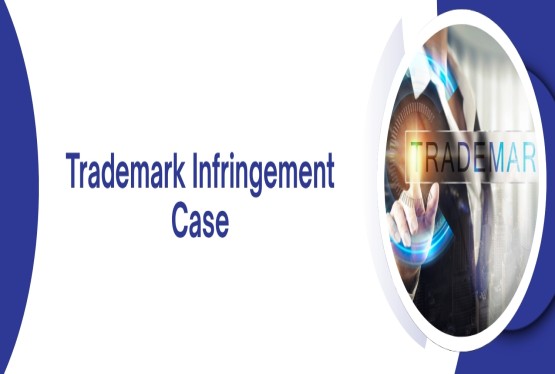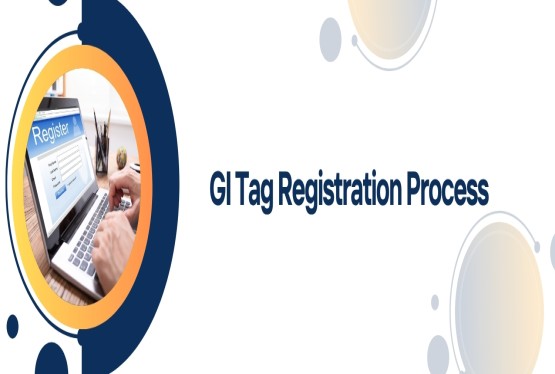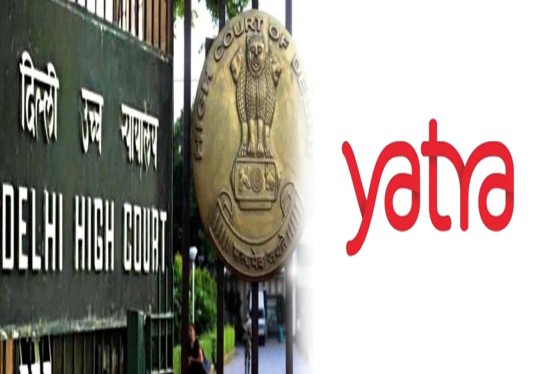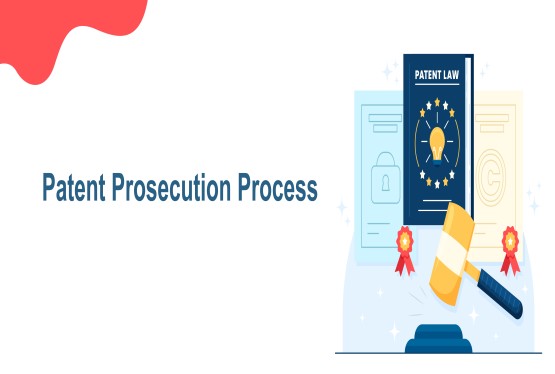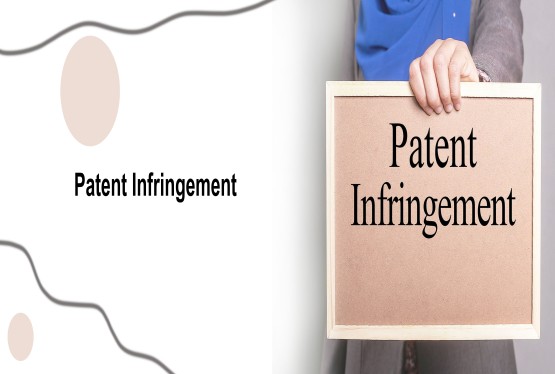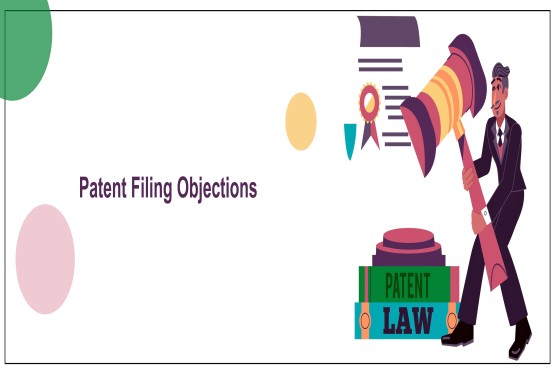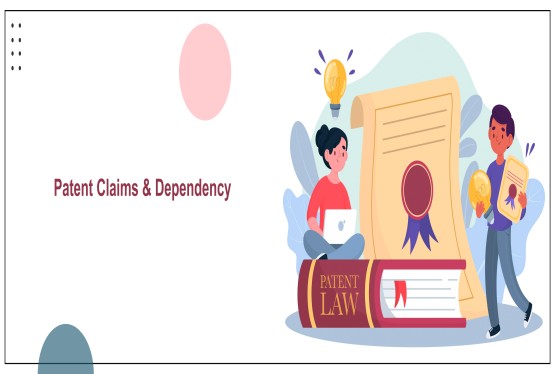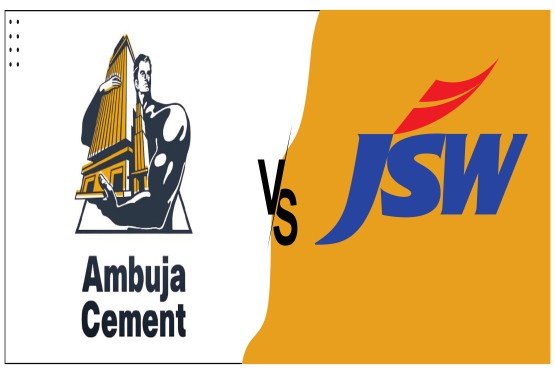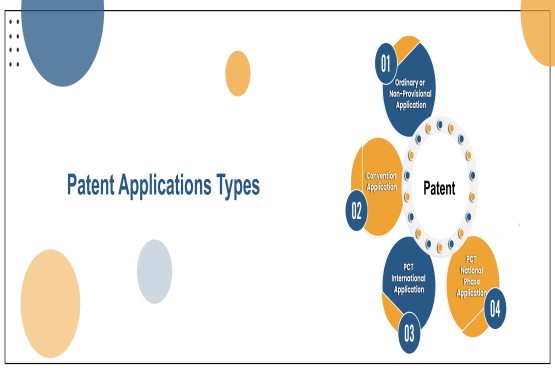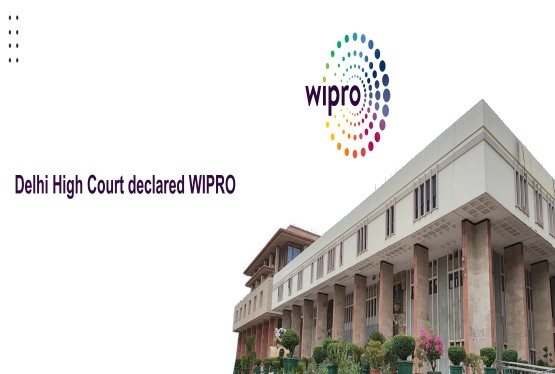Geographical Indications (GIs) are one of the most important intellectual property rights in India, offering protection to goods that derive their unique qualities, reputation, or characteristics from their geographical origin. Whether it is the aroma of Darjeeling Tea, the craftsmanship of Kanjeevaram Silk, or the distinctive patterns of Pochampally Ikat, GIs protects the identity and reputation of products that are deeply rooted in local traditions, skills, and natural conditions. In India, the law governing GIs is the Geographical Indications of Goods (Registration and Protection) Act, 1999 (“GI Act”). The Act ensures that traditional communities and producer groups can protect their cultural heritage against misuse, imitation, and unfair competition.
On 3rd November 2025, the Ministry of Commerce and Industry, through the Department for Promotion of Industry and Internal Trade (DPIIT), introduced an important update to the Geographical Indications of Goods (Registration and Protection) Rules, 2002. This amendment, officially published as G.S.R. 812(E) in the Gazette of India (Extraordinary), marks a major step forward in strengthening India’s GI ecosystem.
The update primarily revises the fee structure, introduces procedures, and clarifies the requirements for filing applications, renewals, oppositions, corrections, and requests for authorized user registrations. These changes are aimed at making the system more accessible for producers, farmer groups, weavers, artisans, cooperatives, and regional associations who depend on GI protection for economic and cultural benefits.
With the amendment, the government has sought to enhance transparency, reduce compliance burdens, and promote ease of doing business, especially for small and traditional industries whose livelihoods rely heavily on GI recognition. By modernizing the procedural framework, DPIIT intends to ensure faster processing, uniform documentation standards, and fair opportunities for all stakeholders engaged in the GI ecosystem. The revised rules also align with India’s broader strategy to strengthen intellectual property rights, encourage rural entrepreneurship, and preserve the authenticity and heritage value associated with GI-tagged products.
Background
The Geographical Indications of Goods (Registration and Protection) Act, 1999 is a important component of India’s intellectual property framework. It protects the products whose distinctive qualities, traditional know-how, or reputation are inherently linked to their geographical origin. Iconic examples include Darjeeling Tea, renowned worldwide for its unique flavour profile; Kanchipuram Silk, celebrated for its craftsmanship and cultural heritage; and Pochampally Ikat, known for its intricate weaving technique. The Act ensures that such products receive formal recognition and legal protection, preventing misuse of their names and preserving the economic interests of the communities that produce them.
To update and align the regulatory framework with current industry needs, the government had earlier issued draft amendments under G.S.R. 542(E) on 11th August 2025. These draft rules were opened for public objections, comments, and suggestions, allowing stakeholders such as producer groups, state authorities, artisans’ cooperatives, and legal experts to share valuable inputs. After carefully analysing the feedback and addressing relevant concerns, the Central Government finalized the amendments. These revised rules have now been officially notified through G.S.R. 812(E), bringing the new regulatory provisions into immediate effect.
Key Amendments Introduced by G.S.R. 812(E)
The 2025 notification brings a comprehensive overhaul to the fee structure under the Geographical Indications of Goods (Registration and Protection) Rules, 2002. By substituting the First Schedule with a fully revised fee table covering all GI forms (GI-1 to GI-10), the government has simplified, standardized, and rationalized the cost requirements associated with GI applications and related proceedings. Below is a detailed overview of the major changes:
Application for GI Registration
-
For one class of goods: Rs.1,000 (Form GI-1)
-
For goods originating from a convention country: Rs.1,000 per class (Form GI-1)
-
For multi-class applications: Rs.1,000 per class (Form GI-1)
The uniform fee structure ensures fairness and parity between domestic applicants, international applicants from convention countries, and those filing multi-class applications. This simplified approach makes it easier for producer groups, associations, and foreign applicants to understand and comply with filing requirements.
Opposition Proceedings
-
Notice of opposition under Sections 14 or 17: Rs.1,000 per class (Form GI-2)
-
Counter-statement to opposition: Rs.1,000 (Form GI-2)
-
Extension of time for opposition: Rs.300 (Form GI-2)
These fees help maintain procedural discipline by ensuring timely filing of opposition and counter-statements, while still keeping the cost economical. This allows both small producer groups and larger organizations to actively participate in the GI dispute process.
Registration and Renewal of Authorized Users
-
Application for authorized user registration: Rs.10 (Form GI-3)
-
Renewal of authorized user registration: Rs.10 (Form GI-3)
By keeping fees exceptionally low, the government has reinforced its support for grassroots producers, weavers, artisans, and craft communities. The nominal fee encourages more individuals to obtain authorized user certificates, which is essential for preserving authenticity and preventing misuse of GI-tagged goods.
Renewal and Restoration of GI Registration
-
Renewal after expiry: Rs.500 (Form GI-4)
-
Restoration of removed GI/authorized user: Rs.1,000 + renewal fee (Form GI-4)
-
Late renewal (Section 18(4) proviso): Rs.1,000 (Form GI-4)
These provisions are designed to reduce the likelihood of lapses in registration while providing a fair mechanism to restore rights if deadlines are missed. The structured restoration fee ensures that registrations remain valid and that the GI Register reflects up-to-date information.
Requests for Changes and Corrections
-
Change of address or business details: Rs.300 (GI applications) / Rs.30 (Authorized user)
-
Correction of proprietor/authorized user details: Rs.300 or Rs.30 as applicable
-
Rectification or removal from register: Rs.1,000 (Form GI-5)
-
Search request under Rule 22: Rs.500 (Form GI-5)
This section focuses on administrative accuracy. The revised fees encourage applicants to promptly update their details, ensuring that the GI Register remains reliable and transparent for enforcement, litigation, and government audits.
Rectification and Intervention Proceedings
-
Rectification or removal of GI/authorized user: Rs.1,000 (Form GI-6)
-
Intervention in ongoing proceedings: Rs.500 (Form GI-6)
These measures strengthen the legal framework by allowing interested parties to intervene in GI disputes effectively. They also provide a structured cost mechanism for rectifying errors or addressing registered entries that may require correction.
Registrar’s Certificates and Documents
-
Certificate request: Rs.300 (GI application) / Rs.150 (Authorized user)
-
Duplicate certificate issuance: Rs.200 or Rs.40 depending on category
-
Review of Registrar’s decision: Rs.500 (Form GI-7)
-
Copying documents: Rs.10 per page
These fees facilitate access to official documents and certifications crucial for legal documentation, export compliance, and verification processes. The structured fee system aims to reduce misuse while keeping essential documents affordable.
GI Agent Registration and Continuance
-
Registration as a GI Agent: Rs.1,000 (Form GI-8)
-
Issuance of agent certificate: Rs.1,000 (Form GI-8)
-
Annual continuance fee: Rs.1,000 (Form GI-8)
-
Restoration of agent name: Rs.1,000 + continuance fee (Form GI-8)
The notification introduces a more disciplined and transparent framework for GI agents, who act as intermediaries in filings, applications, and dispute matters. The annual continuance fee ensures only active and compliant agents remain on the official register.
Additional Protection and Amendments
-
Additional protection for specific goods: Rs.12,000 (Form GI-9)
-
Alteration or addition to registered GI: Rs.300 (Form GI-9)
-
Extension of unspecified time period: Rs.300 (Form GI-9)
The steep fee for additional protection reflects its significance, particularly for globally recognized Indian GIs such as Darjeeling Tea, Assam Orthodox Tea, and Basmati Rice. Such protection enhances India’s ability to fight international misuse and counterfeiting.
Cancellation and Authorisation
-
Cancellation or removal from register: Rs.300 (Form GI-10)
-
Authorisation of agent (Form GI-10): No fee
By keeping the fee nominal, the rule encourages timely removal of outdated or defective entries. The zero-fee authorization simplifies the process of appointing agents for representation purposes.
Miscellaneous
-
Registrar’s orders in interlocutory matters: Rs.500
-
Inspection of documents:
-
Rs.100 per hour for manual inspection
-
Rs.100 per 15 minutes for digital search
This category addresses the day-to-day administrative and procedural needs of applicants. The structured inspection fees promote transparency while discouraging misuse of document access services.
Impact of the Amendment
The Geographical Indications (GI) Rules (Amendment), 2025 marks a forward-looking reform in India’s GI framework, offering multiple benefits to stakeholders across sectors. The introduction of a uniform, transparent, and rationalized fee structure simplifies the administrative process for both new applicants and existing GI proprietors. By standardizing fees across application types and classes, the amendment removes ambiguity and makes compliance easier for producer associations, state agencies, exporters, and legal practitioners involved in GI management.
Furthermore, the updated provisions strengthen India’s engagement at the international level by encouraging applicants from convention countries to participate under clearly defined and equitable fee requirements. This harmonization promotes global recognition of Indian GIs and supports collaborative protection efforts in cross-border markets.
A significant aspect of the amendment is the emphasis on enhanced digital access, enabling easier inspection, retrieval, and verification of GI records. Online documentation and digitized search processes improve efficiency, reduce manual delays, and support transparency in GI administration—an important step as India moves toward a more technology-driven intellectual property ecosystem.
Most notably, the notification continues to prioritize grassroots producers, including artisans, weavers, farmer collectives, and local cooperatives. By keeping the fees for authorized users extremely nominal, the government ensures that GI-tagged products remain closely tied to their traditional custodians, helping preserve authenticity and encouraging broader participation in the formal GI system.
With India’s GI registry now covering over 500 unique products, ranging from agricultural goods to handicrafts and manufactured items, the 2025 amendment significantly reinforces the country’s commitment to protecting its rich heritage, cultural identity, and traditional knowledge. The revised rules create a more accessible, efficient, and inclusive regulatory environment strengthening India’s position as a global leader in the promotion and protection of Geographical Indications.
Relevant Sections of the GI Act, 1999
Section 2(1)(e): Definition of Geographical Indication
This section provides the statutory definition of a GI. It identifies a Geographical Indication as a name, sign, or mark used on goods that originate from a specific territory, region, locality, or country, and whose distinctive qualities, characteristics, or reputation are directly linked to their geographical origin.
This definition forms the basis for protecting traditional products such as Darjeeling Tea or Kancheepuram Silk.
Section 6: Register of Geographical Indications
Section 6 mandates the establishment of an official Register of GIs, which is divided into two parts:
-
Part A – Registered GIs: Contains details of all registered Geographical Indications.
-
Part B – Authorized Users: Lists individuals or groups allowed to use the registered GI for commercial purposes.
This dual structure ensures transparency and helps identify both the GI proprietors and the approved users.
Section 9: Prohibition of Registration of Certain GIs
This section lists grounds on which a GI cannot be registered. The prohibitions apply to GIs that:
-
Are likely to cause confusion or deception
-
Have become generic names for goods (e.g., “Sherry,” “Cheddar” in some jurisdictions)
-
Are contrary to law, morality, or public order
-
Falsely represent the origin of goods or mislead consumers
This ensures that only authentic, non-generic, and legally compliant GIs receive protection.
Section 11: Application for Registration of a GI
This section outlines who can apply and what is required for filing a GI application. Eligible applicants include:
-
Producer associations
-
Cooperative societies
-
Statutory organizations
-
Any group representing the interests of producers
A complete application must include:
-
A statement of case
-
Specifications highlighting the unique qualities, reputation, or characteristics
-
Map of the geographical region
-
Proof of origin and traditional practices
This ensures a robust and evidence-based registration process.
Sections 12–14: Acceptance, Opposition, and Registration Process
These provisions deal with the workflow after filing:
-
Section 12 – Examination of the application by the GI Registry
-
Section 13 – Publication in the GI Journal for public notice
-
Section 14 – Opposition period, hearing, and final registration
Together, they ensure that the registration of a GI is fully transparent, open to public scrutiny, and legally sound.
Sections 17–18: Renewal and Restoration
These sections govern the duration and continuation of GI rights.
-
A GI registration is valid for 10 years.
-
It can be renewed indefinitely for further periods of 10 years each.
-
If a GI is removed for non-renewal, it can be restored upon application and payment of prescribed fees.
This ensures continuity and prevents unintentional lapses.
Sections 20–21: Rights of Registered Proprietors and Authorized Users
These sections provide clarity on the rights granted upon registration:
-
Exclusive rights to use the GI
-
Right to initiate legal action against infringers
-
Right to prevent unauthorized use, including misleading or deceptive use
-
Authorized users can use the GI commercially, ensuring economic benefits for genuine producers
These rights protect both the GI and the livelihood of traditional artisans and producers.
Section 22: Infringement of GI
Section 22 defines what constitutes infringement. It includes:
-
Use of a deceptively similar or identical GI on goods not originating from the region
-
Misleading the public about the geographical origin, quality, or reputation
-
False statements in commercial advertising
-
Using terms like “style,” “mode,” “imitation,” or “kind” that wrongly suggest authenticity
This provision is central to preventing misuse and protecting consumer trust.
Sections 23–24: Additional Protection for Notified Goods
These sections provide enhanced protection to certain GIs that possess high reputation or global recognition, such as:
-
Darjeeling Tea
-
Basmati Rice
-
Scotch Whisky
Under additional protection:
-
Even non-confusing uses can be considered infringement
-
The threshold for permissible use becomes stricter
-
Global enforcement becomes easier
This protects premium GIs from dilution and unauthorized exploitation.
Sections 27–31: Penalties and Offences
These sections impose criminal and civil penalties on individuals or entities who:
-
Falsely apply a GI to goods
-
Misrepresent the true origin of goods
-
Provide false information in applications
-
Tamper with GI labels, packaging, or certification
-
Engage in activities that undermine GI integrity
Penalties include fines, imprisonment, and seizure of goods, ensuring strong deterrence against GI fraud.
Landmark Case Laws on Geographical Indications in India
Tea Board of India v. ITC Limited (Darjeeling Tea Case), 2011
Facts: The Tea Board of India, the registered proprietor of the Darjeeling GI, filed a suit against ITC for naming a lounge in its Kolkata hotel the “Darjeeling Lounge.” The Tea Board argued that this usage diluted the distinctiveness of the GI and amounted to unauthorized exploitation of the name.
Held: The Calcutta High Court held that the use of the term “Darjeeling” in connection with a service (a hotel lounge) did not amount to infringement, as GI protection under the Act is granted only for goods, not services. There was no sale of tea or tea-related goods under the impugned name.
KeyTakeaway: The judgment clarified that GIs protect goods, not services, and the use of a geographical name in unrelated service contexts does not automatically constitute infringement.
Scotch Whisky Association v. Golden Bottling Ltd., 2006
Facts: An Indian company marketed its whisky using the term “SCOTCH”, implying similarity to Scotch whisky. The Scotch Whisky Association (SWA) contended that such usage misled consumers, as true Scotch whisky must be distilled and matured in Scotland.
Held: The Delhi High Court ruled in favor of the SWA, stating that use of the word “Scotch” for Indian whisky amounted to a false and misleading representation. Since “Scotch Whisky” is a globally recognized GI, only whisky produced in Scotland can legally use that description.
KeyTakeaway: The case established that GI protection extends internationally, and misuse of globally recognized geographical names especially premium products constitutes infringement even outside the product’s country of origin.
State of Karnataka v. Vishwabharathi House Building Co-operative Society, 2003
Facts & Significance: Although not a classical GI infringement case, the Supreme Court addressed broader principles of consumer protection and deception, including misuse of names and misleading geographical references. This decision has been cited to reinforce the importance of preventing unfair trade practices involving false geographical claims.
KeyTakeaway: The ruling supports the idea that misleading use of geographical references can harm consumers, strengthening the GI law’s objective to ensure authenticity and protect regional identities.
Khoday Distilleries Ltd. v. Scotch Whisky Association, 2008
Facts: Khoday Distilleries used packaging, description, and branding similar to Scotch whisky. The Scotch Whisky Association argued that such practices created false association and harmed the GI’s reputation.
Held: The Madras High Court highlighted that Scotch Whisky enjoys high global reputation and unique geographical identity, warranting enhanced protection. The court placed stricter scrutiny on attempts to imitate or associate local products with internationally protected GIs.
KeyTakeaway: Indian courts have consistently upheld stronger GI protection for high-value, internationally acclaimed products, reinforcing India’s compliance with global GI norms.
Pochampally Ikat GI Case (AP Handloom Weavers Cooperative)
Facts: The “Pochampally Ikat” textile, known for its intricate tie-and-dye technique, was being misused by non-local manufacturers who produced machine-made replicas. The AP Handloom Weavers Cooperative sought protection under the GI Act to safeguard their traditional craftsmanship.
Outcome: The product was granted GI registration, empowering authentic Pochampally weavers to take legal action against imitation products. The cooperative successfully enforced its rights to protect both cultural heritage and the livelihood of local artisans.
KeyTakeaway: The case demonstrates the power of GI registration in protecting traditional arts and crafts from mass-produced counterfeits, ensuring that economic benefits flow directly to the original artisan communities.
Conclusion
The Geographical Indications of Goods (Registration and Protection) (Amendment) Rules, 2025 reaffirm India’s continued commitment to protects its diverse cultural heritage and strengthening the economic foundation of regional and traditional industries. By rationalizing the fee structure and streamlining procedural requirements, the amendment removes long-standing bottlenecks that previously complicated the GI registration and maintenance process.
These reforms are especially beneficial to artisans, weavers, farmer cooperatives, and traditional producer communities, who are the true custodians of India’s GI-rich legacy. With clearer rules, predictable timelines, and accessible fees particularly for authorized user registrations the updated framework encourages greater participation and ensures that GI protection remains inclusive and community-driven.
Legal practitioners, GI agents, and producer associations will also benefit from the enhanced structure, as it supports efficient application management, timely renewals, and transparent dispute resolution. Ultimately, the 2025 amendment strengthens India’s overall GI ecosystem, helping build a more robust, globally competitive system that can elevate indigenous products, support rural economies, and preserve traditional knowledge for future generations.
Download Official Notification:
FAQ’s
Q1. What is a Geographical Indication (GI)?
Ans. A Geographical Indication is a sign or name identifying goods that originate from a specific geographical region and possess qualities, reputation, or characteristics directly linked to that location.
Q2. Which law governs GIs in India?
Ans. GIs are governed by the Geographical Indications of Goods (Registration and Protection) Act, 1999 and the GI Rules, 2002, amended by the 2025 notification (G.S.R. 812(E)).
Q3. What types of products can be registered as GIs?
Ans. GIs cover:
-
Agricultural products
-
Handicrafts
-
Manufactured goods
-
Natural goods
-
Food items
Examples include Darjeeling Tea, Banarasi Saree, Nagpur Orange, and Channapatna Toys.
Q4. Who can apply for GI registration?
Ans. Producer groups, associations, cooperatives, statutory bodies, and any collective representing producers. Individual producers cannot file alone unless part of a group.
Q5. What is the validity period of a GI registration?
Ans. A Geographical Indication (GI) registration is valid for 10 years and can be renewed for successive 10-year periods by paying the renewal fee. If the registration is not renewed, it is liable to be removed from the register, though a grace period for restoration may be available.
Q6. What is an Authorized User under the GI Act?
Ans. Authorized Users are individuals or producer groups permitted to use the GI on their goods. They receive a certificate and enjoy legal rights to use the GI name commercially.
Q7. What are the benefits of GI registration?
Ans. Prevents unauthorized use of regional names
-
Enhances market value and authenticity
-
Supports rural and artisan economies
-
Promotes exports and branding
-
Preserves cultural heritage
Q8. How does a GI differ from a trademark?
Ans. A GI indicates origin-based quality belonging to a community, whereas a trademark identifies a commercial brand belonging to an individual or business.
Q9. What constitutes GI infringement?
Ans. Using identical or similar names on non-originating goods, misleading consumers about origin, false advertising, or using expressions like “imitation,” “style,” or “kind.”
Q10. What penalties apply for GI infringement?
Ans. Under Sections 27–31, penalties include fines, imprisonment, seizure of goods, and legal action for misrepresentation or false GI usage.
Q11. Can foreign GIs be registered in India?
Ans. Yes. Producers from convention countries can apply in India, and the fee structure is the same as Indian applicants.
Q12. What documents are required for GI registration?
Ans. Statement of case
-
Description of unique qualities
-
Method of production
-
Proof of origin
-
Map of region
-
Producer group details
-
Specifications and samples (if applicable)
Q13. What is the purpose of the 2025 GI Rules Amendment?
Ans. To simplify registration, modernize procedures, introduce uniform fees, promote digital access, and support small artisans and producer groups.
Q14. What is “additional protection” under the GI Act?
Ans. Sections 23–24 grant extra protection to premium GIs like Darjeeling Tea and Basmati Rice, preventing even non-confusing uses on unrelated goods.
Q15. How does GI protection help rural communities?
Ans. It boosts income, secures market identity, prevents misuse of traditional products, and promotes sustainable economic growth in local economies.
Q16. Can a GI be assigned, licensed, or transferred?
Ans. No. Unlike trademarks, GIs cannot be assigned, transferred, licensed, or mortgaged. They belong collectively to the producer community.
Q17. How are GI disputes resolved?
Ans. Through:
-
Opposition proceedings
-
Rectification requests
-
Civil suits
-
Penalty actions
-
Appeals via High Courts
The GI Registry and courts oversee dispute resolution.
Q18. What role do GI agents play?
Ans. GI agents file applications, manage documentation, handle oppositions, and coordinate with the GI Registry. They must be registered and pay continuance fees.
Q19. Are digital records of GIs available?
Ans. Yes. Updated GI records, journals, and application statuses can be accessed digitally, especially after the 2025 amendment promoting e-governance.
Q20. Why are GIs important for India?
Ans. Because India has rich cultural and biodiversity-linked products. GI protection:
-
Enhances global recognition
-
Prevents counterfeits
-
Supports artisans
-
Promotes exports
-
Protects heritage and traditional knowledge






























_(b)_of_the_Trademark_Act,_1999_(1)_crop10_thumb.jpg)



_crop10_thumb.jpg)




























_crop10_thumb.jpg)
_crop10_thumb.jpg)






_crop10_thumb.jpg)








_crop10_thumb.jpg)



_crop10_thumb.jpg)





























_crop10_thumb.jpg)

















_crop10_thumb.jpg)






_crop10_thumb.jpg)












































































































































_crop10_thumb.jpg)




































_crop10_thumb.jpg)












_crop10_thumb.jpg)













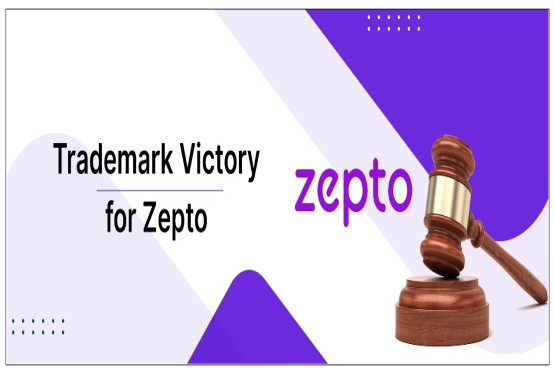

































_crop10_thumb.jpg)






